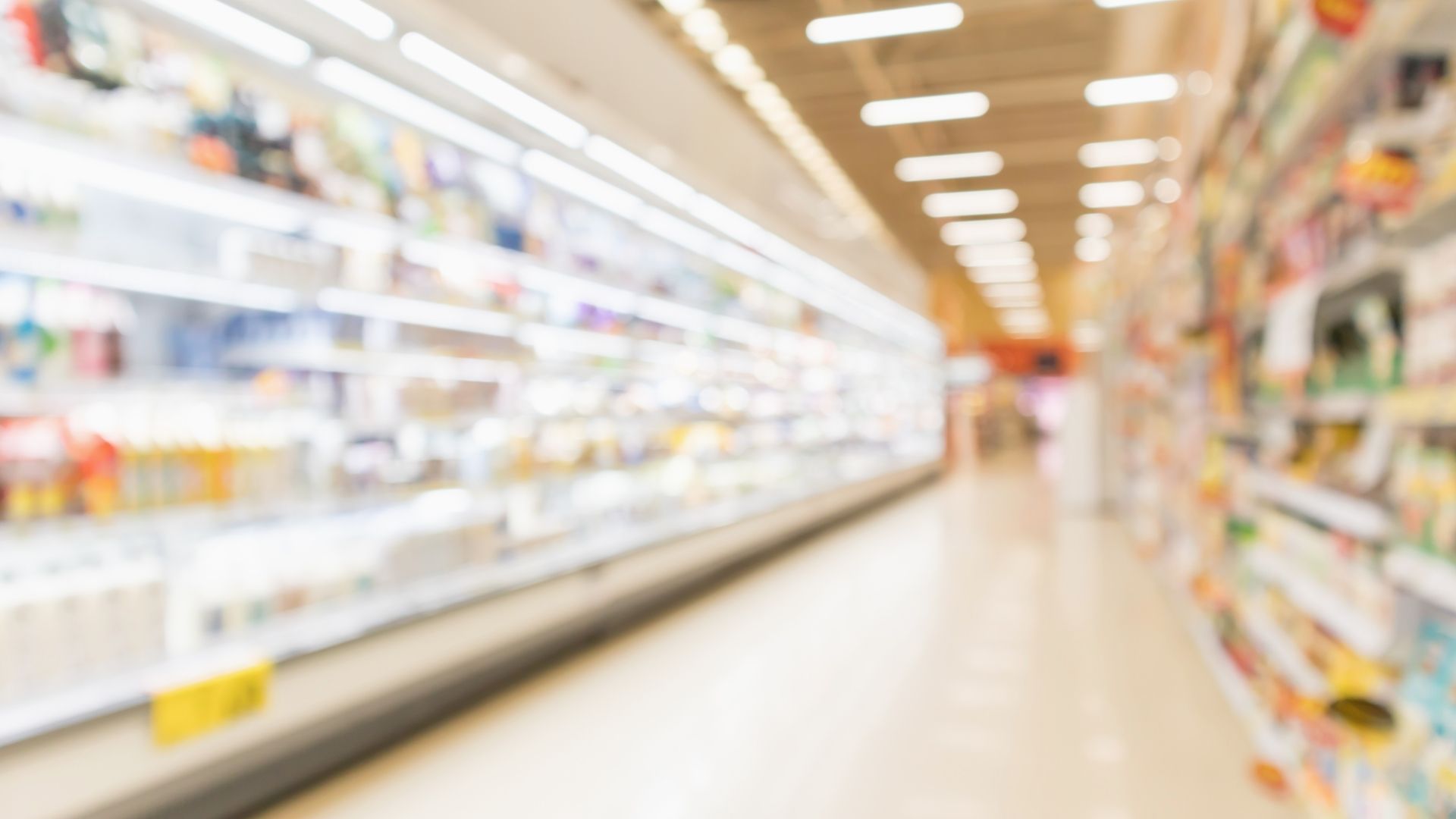What Tech Can Turn Your Food Business Into A Success?
Food manufacturers have a hard time facing health and environmental concerns. The COVID-19 pandemic has highlighted the need for strict health and safety regulations, especially when it comes to food hygiene and conservation. Customers are cautious about choosing food and drinks that are safe for consumption. When the newspapers are filled with stories of contaminated food and unsustainable production, manufacturers need to get creative to turn their food business into a safe and robust success in 2020. As a result, there are non-negotiable tech additions that belong to the manufacturing process and business organization.
Getting the hygiene right
As tempting as it can be to launch a small food business, you can’t afford to use residential appliances in your production system. Food manufacturers are required to maintain high levels of hygiene and care with ingredients. As such, if you intend to work with chilled or frozen items, the business can’t compromise with a small kitchen fridge and freezer. Purchasing a commercial refrigeration unit is a no-brainer. Commercial food devices and machinery are designed to meet hygiene requirements that are safe for public consumption. Automated machinery and conveyors for the transport and packing of food in the production line also need to be safe for food handling. Second-hand conveyor belts may seem cost-effective, but risks can arise if the equipment doesn’t meet food hygiene requirements.
Real-time monitoring is crucial
When it comes to food preparation, production, conservation, temperature, and air humidity play a significant role in the quality of the product. Regardless of your production size, your monitoring systems need to be compliant with the relevant HACCP & BRC standards. Wireless and automated monitoring solutions can save a lot of time and hassle, as long as they provide reliable and continuous data about perishability. Ideally, food manufacturers should implement automated solutions that are linked to sensor controls. For example, if an area records abnormally elevated temperatures, the cooling tower solution can be activated as needed. This would imply a dual monitoring system to check for perishability factors and then monitor the machines that improve the temperature and air quality, such as running a regular air check valve for cooling towers. The process can prevent waste and health risks.
A data analysis tool that identifies trends
What do people want to eat now? It’s a no-brainer that some ingredients and flavors enjoy seasonal popularity, such as pumpkin spices in fall and winter or berries in summer. Relying on a smart data analysis solution that can identify trends and predict future changes can transform the food industry. Manufacturers can meet demand volumes safely and avoid unnecessary wastes.
Innovative sustainable solutions
More and more consumers are concerned about plastic packaging and potentially harmful ingredients. Putting health first, not only in terms of the environment but also ingredients that could have a long-term impact on the body, transforms the way people buy and consume food. The audience wants sustainable food production, packaging, and preservation. Consequently, food manufacturers need to adapt and offer a clean and safe response to meet new demands.
The food industry is bringing technology at every stage of the production, from planning to packaging. Technology offers a safe answer to the market needs in terms of hygiene, perishability, cost management, environment, and human health. From relying on monitoring tools to investing in innovative packaging solutions, it’s time to bring the food we love into the 21st century.

